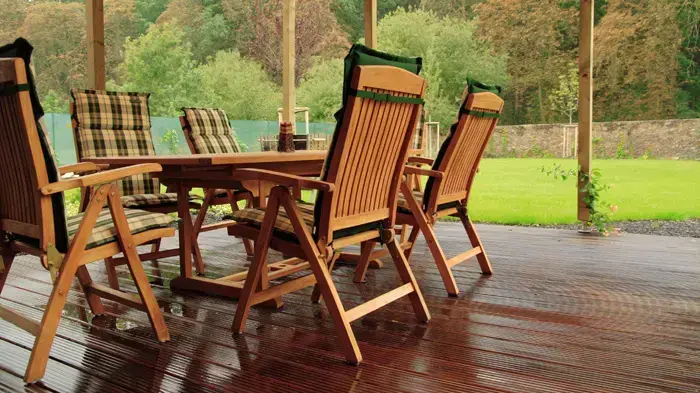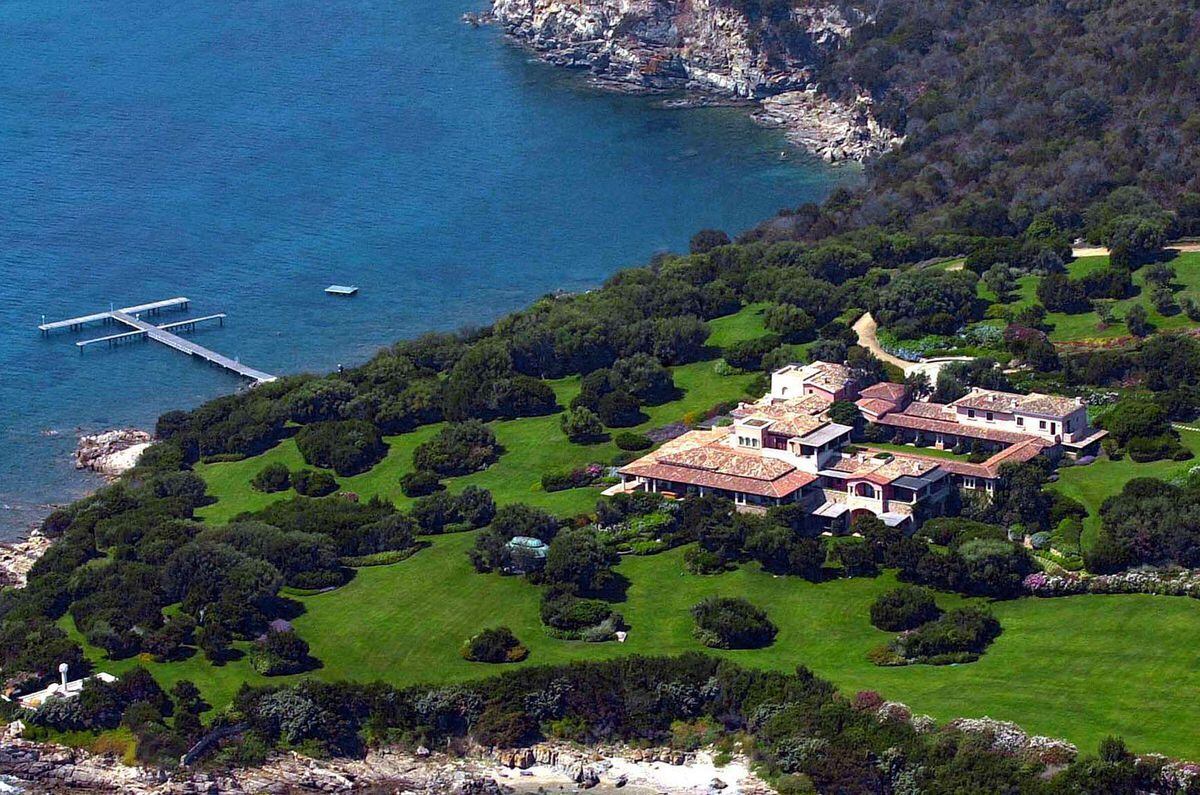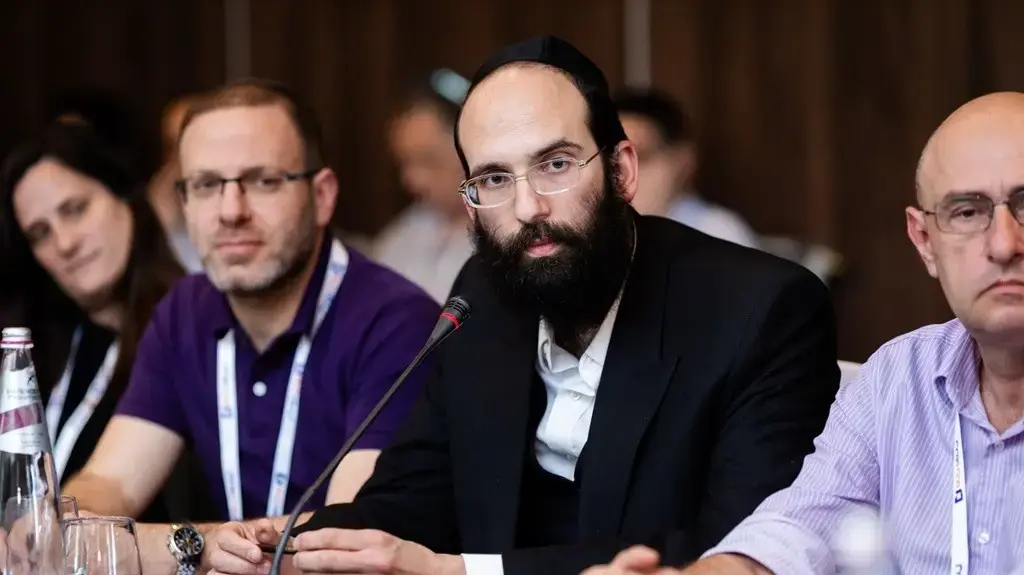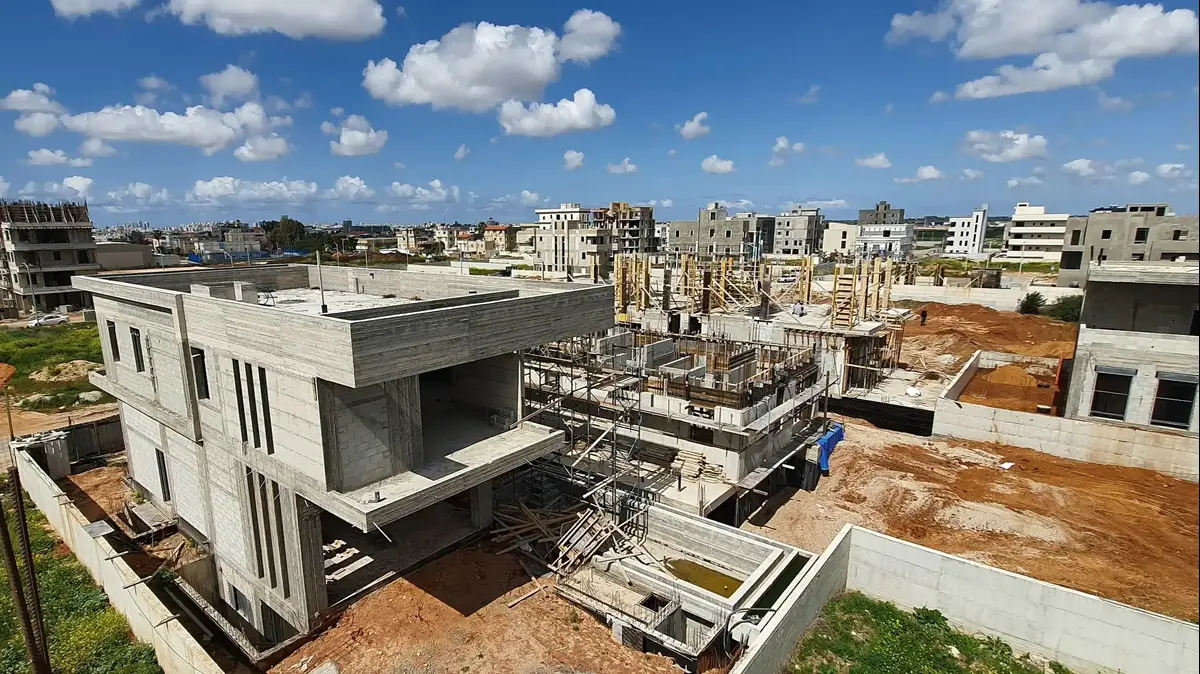The dream of a villa with a garden: why the planning bodies oppose them and where they still build them in the center
In the past decade, construction starts for land-linked housing units have plummeted by tens of percent, but they still account for a quarter of what the planning bodies oppose to the Israeli dream of a house with a yard, what's happening with the land reserves of the moshavim and kibbutzim, and where new villas are planned anyway
Reality bends the dream, and the Israeli desire to live in a villa with a garden is gradually fading away - in recent years fewer and fewer housing starts have been added to land-linked housing units.
Analysis by the Central Bureau of Statistics (CBS) regarding the beginnings of land-linked housing units shows that over the past decade there has been a decline in their construction in Israel.
For example, in 2010, the construction of 15,582 land-linked housing units (defined as 1-2 storey dwellings) began, constituting a large proportion of approximately 40% of construction starts. In contrast, in 2018, construction of 10,610 land-linked housing units began, constituting only 23% of construction starts.
In the first half of 2019, construction of 5,990 land-linked housing units constituted 26% of construction starts. Although this is a slight increase compared to 2018, it is not something that appears to be a reversal.
One of the reasons for the decline in land-linked construction starts is a decline in land marketing for private homes by the Israel Lands Authority (PMI). The CEO of the Planning Administration's Dalit Zilber has also warned in several forums that if a rural settlement extension is submitted to her, D. Grounded - it will roll it from all stairs.
The main reason for the planning bodies' refusal to approve land-linked homes is the desire to increase density and maintain open space, along with the difficulty of providing adequate infrastructure (transport, education, health, culture) to a population dispersed in small, remote communities.
The huge failures in establishing transportation infrastructure in Israel have already embittered the lives of those who need to get to the center of the country from the rural areas, where most of the land is home.
According to Ofra Haddad, VP and owner of construction company Euro Israel, "In recent years, the country has rarely marketed land for building land-linked housing in new neighborhoods, and contractors who want to build land-linked homes today cannot buy land from the state."
Haddad is right: A check on the REMI site reveals that since the beginning of the year, about 66 tenders were built for building land-linked housing units in total and marketed about 400 lots, most of them for private individuals under "Build Your Home". As a result, it is expected that in the coming years we will continue to see the downward trend in the establishment of land-linked housing units.
But despite the downward trend in land-linked construction and the desire to move to saturated construction - it should be remembered that about a quarter of all construction starts in Israel are still of private homes.
Queue to buy plots for villas in Caesarea
Naturally, most of the construction starts of land-linked homes in the last decade, some 50,000 housing units, were in the north of the country, where rural settlements are a significant part of all localities. In the second place is the large central district, which also has a large number of rural localities and in the third place the southern region - another periphery with many rural localities. Then come the areas of Haifa, Judea and Samaria and Tel Aviv.
The most prominent city in terms of construction starts of ground-floor houses is not surprisingly Rahat - the largest Bedouin city in the country.
What is surprising is that in the second place is Jerusalem. Over the past decade, quite a few land-linked housing units, most of them cottages, have been built in neighborhoods such as Pisgat Ze'ev, Ramat Shlomo and more. After that comes Rishon Lezion, where land-linked houses were built in Nahalat Yehuda and west of the city. After them are the town of Sakhnin and the local council Pardes Hanna-Karkur.
How come we still market plots for building houses in the center, even in the Afeka neighborhood of Tel Aviv, with the stated purpose of crowding the building, especially in the central area? The answer is that these are old plans, and not even the most recent ones: There are other plots in the center of the town for more villas that are based on old plots, such as Arsuf, the Afeka neighborhood of Tel Aviv, the Dania neighborhood of Haifa, and more.
Do Israelis give up their private home dream with a garden because of the high price and ongoing maintenance costs that are higher than those of an apartment?
Haddad: "We believe this product is in high demand, and we have decided to purchase land for land-based houses from the Caesarea Development Fund. We have won a tender to build 91 cottages in the Or Yam neighborhood of Or Akiva, which are currently awaiting building permits. We are currently marketing three types of one-year cottages Six rooms, with a built area of 165-180 square meters with a garden of 30-100 square meters, starting at NIS 2.69 million.
If you cross the coastal road to your neighboring locality, Caesarea, you can see further evidence of Haddad's approach. Four months ago, for sale, 35 lots of 300 sqm of self-built villas were offered for sale at a boutique golf complex at prices ranging from NIS 1.8 million to NIS 2.2 million per lot. The night before the sale began, people began to queue to secure their place. Currently being offered for sale for NIS 2.5 million.
The kibbutz lands are under construction for height
One of the main land sources for the construction of land-linked housing units was the kibbutzim and moshavim. 20 years ago, these lands were deforested for the purpose of local expansion, which are basically new neighborhoods of villas.
Today it is a distant dream: land marked for thawing participates in "restitution" proceedings, through which the land is reclaimed to the state, for compensation granted to respondent farmers. They are then pinned to a nearby urban settlement, and are planned through the WMA or a district commission, for saturated construction.
However, there are some unusual cases. One of them is Kibbutz Kiryat Anav in the Judean Hills, which began the process of "kibbutz renewal" through which the developer Reuven Ella contracted a comprehensive project of demolishing old buildings, including residential buildings and old public buildings, in place of which 300 new housing units will be built, including groundfloors and rooftop buildings. And about 50 new homes and public buildings to be built for the benefit of the kibbutz.
The new homes will be added to about 105 existing homes and, at the end of the project, Kibbutz Kiryat Anavim will include about 400 families. Contrary to old-generation extensions, purchasers of the new project will enjoy all the rights to the old kibbutz members and be considered kibbutz members for all intents and purposes. "Most of the buyers in the project are young families who seek good education for children and community life," says Ella.
The cost of a house in the Kiryat Grape project will move from NIS 3.22 million for a garden apartment to NIS 4.7 million for a large villa. The surface area of the ground ranges from about 165 square meters to about 195 square meters over one or two levels plus a garden of about 200 square meters.
Ella says this process is similar in its formula to urban renewal, but there are not many jumps to this idea, perhaps because it is not easy to implement.
Does setting up towers that may well meet housing needs also meet the quality of life needs? It is already clear that the answer is not black and white.
The fact that there are people moving from the center cities where there is "urbanism" as required in the book and "overcrowding" as the plaintiffs claim, for small and remote communities, indicates that despite all land-linked is a lost product, and not everyone is dreaming of moving in.
"House with a total cost of NIS 800,000"
It is precisely in the area of Gaza that is battered by missiles, land-linked houses are gaining momentum.
Deputy Director of the Ministry of Construction and Housing and Director of the Village Administration, Osnat Kimhi, says the administration has developed a "toolbox" to encourage families to move to rural areas in the periphery. These families are subsidizing development costs of lots, which can reach up to 70%. " A firm cliff, a government decision was made to strengthen the Gaza envelope communities under which the settlements received zero-cost plots. That is, we subsidized the entire development cost to the ceiling of NIS 180,000. That means the man should have come to build his house. "
The result was not overdue. Martin Seorno, owner of the Negev Farms Office, markets plots and private homes, reports a surge in demand for plots in the area that is currently labeled as one of the most dangerous in the country. "You have several models of houses to choose from, and in the end you can build a total house of NIS 800-840,000," he says.
In Shlomit, a community settlement in a cluster of land designated for a national religious population, 60 lots in Stage 1 were all sold; Absalom, 2 km away, is intended for the secular public and there are 23 of 50 plots marketed in about a year.
Gaza kibbutzim, such as a storm and longings, also have land marketing; It is impossible to talk about an attack at the usual rate in the center of the country, but in light of the ongoing situation along the border, the rate of sales of a few dozen lots a year is considered to be highly respected.
And who comes to the surrounding area? "Those who come are young families from the center area. We asked one of the new settlers, 'What brings you to the village of Gaza, with all the missiles?' And she replied, that she raised the children in Petah Tikva and didn't let them down the street with a bicycle. She answered, "It's true that there are two days a month in red paint, but the rest of the month the children go outside alone, and she doesn't worry."
Kimchi also notes the strengthening of Sderot as a significant factor in strengthening rural settlement in the Gaza Strip. "Sderot itself was strengthened after absorbing a large number of young families. The villagers around Sderot are shopping in Sderot, coming to the cinema there, there are theaters and circles. This is their metropolitan city and it is a model of how a central city and rural communities strengthen each other," she says.
Kimchi talks about the criticism that is occasionally leveled at this project, due to the seemingly wasteful construction of the land, but she responds simply that in no other way can such new settlers be brought to such places.
Good to Know (Promoted Content) Good to Know (Promoted Content)70,000 people are not mistaken: this is how the knee or back pain is treated
Apothecary
To the full article








